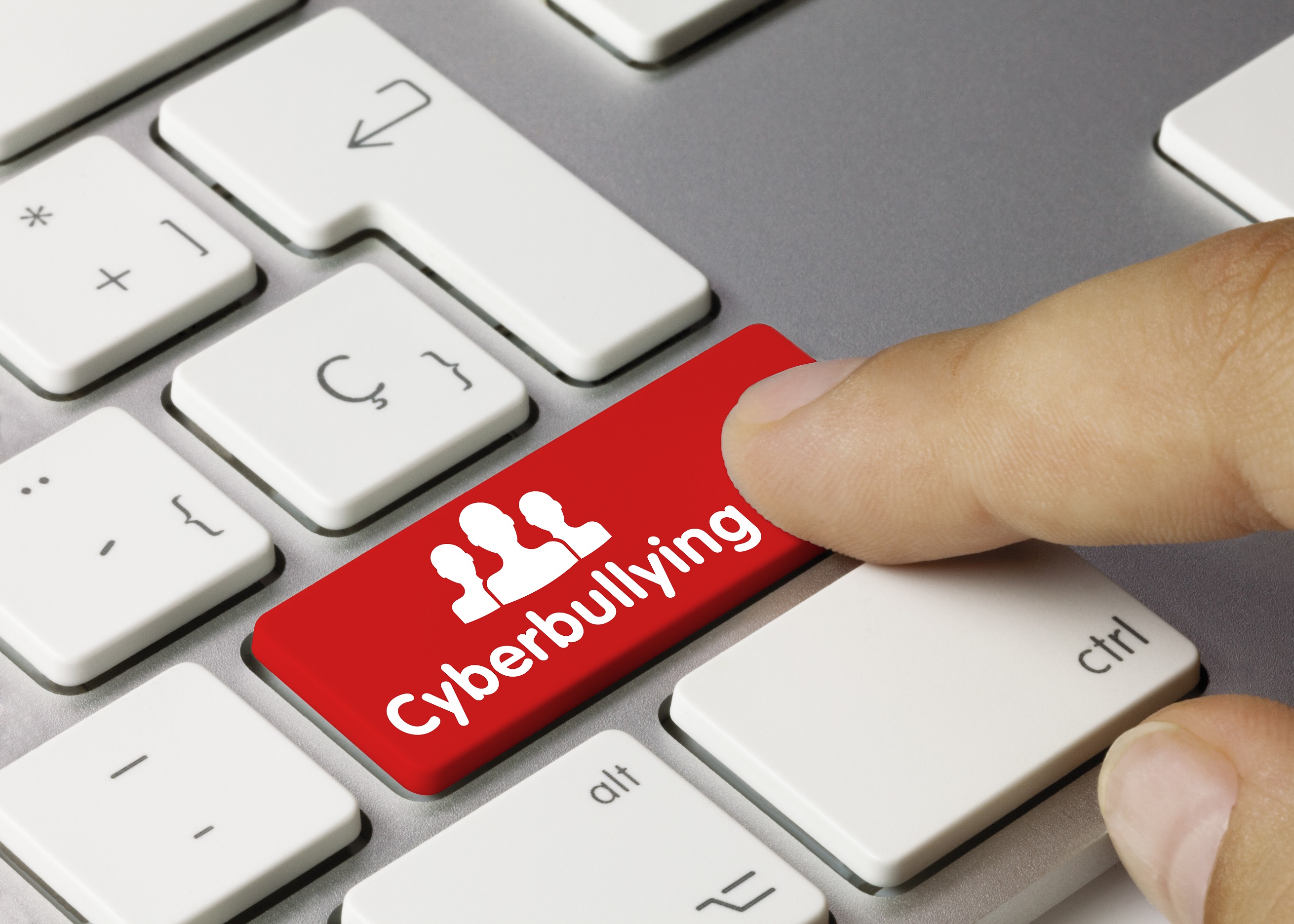 With advances in technology, cyberbullying has become a commonplace presence—even in the classroom. How do parents, teachers, and administrators protect our youth as they travel to lands of infinite possibility through the internet, social media, and gaming?
With advances in technology, cyberbullying has become a commonplace presence—even in the classroom. How do parents, teachers, and administrators protect our youth as they travel to lands of infinite possibility through the internet, social media, and gaming?
Cyberbullying can be hard to notice. Let us be proactive with communication, boundaries, and our power of observation, so our children do not fall victim to it. The comprehensive website stopbullying.gov defines the phenomenon:
Cyberbullying is bullying that takes place over digital devices like cell phones, computers, and tablets. Cyberbullying can occur through SMS, Text, and apps, or online in social media, forums, or gaming where people can view, participate in, or share content. Cyberbullying includes sending, posting, or sharing negative, harmful, false, or mean content about someone else. It can include sharing personal or private information about someone else causing embarrassment or humiliation. Some cyberbullying crosses the line into unlawful or criminal behavior.
Two 2017 studies in the U.S.—School Crime Supplement by National Center for Education Statistics and Bureau of Justice and Youth Risk Behavior Surveillance System by Centers for Disease Control and Prevention—revealed that among students ages 12-18 who reported being bullied, about 15% of the incidents occurred online or by text. Cyberbullying is bullying that takes place over digital devices like cell phones, computers, and tablets. Cyberbullying can occur through SMS, Text, and apps, or online in social media, forums, or gaming where people can view, participate in, or share content. Cyberbullying includes sending, posting, or sharing negative, harmful, false, or mean content about someone else. It can include sharing personal or private information about someone else causing embarrassment or humiliation. Some cyberbullying crosses the line into unlawful or criminal behavior.

Calling All Adults—Parents, Teachers, Coaches, and Administrators:
- Develop activities that encourage self-reflection, asking children to identify and express what they think and feel, and to consider the thoughts and feelings of others. Help children develop
- Role model, reinforce, and reward positive behavior towards others.
- Encourage peer involvement in cyberbullying prevention strategies.
- Be on the lookout. Some of the warning signs that a child may be involved in cyberbullying are noticeable increases or decreases in their device use, withdrawal from social situations or activities they usually enjoy, hiding their screen or device from you, avoidance of discussion about what they are doing on the device, acute emotional responses to what is happening on their device, and a tendency to open or shut down some of their social media accounts. Teachers and administrators might witness a group or cluster of children focusing on another child.
- Teach them how to deal with cyberbullies.
- Don't respond to and don't forward cyberbullying messages.
- Keep evidence of cyberbullying. Record the dates, times, and descriptions of instances when cyberbullying has occurred. Save and print screenshots, emails, and text messages. Use this evidence to report cyberbullying to web and cell phone service providers.
- Block the person who is cyberbullying.
- If you think a child is being cyberbullied,
- Speak to them privately to ask about it. They may also have proof on their digital devices.
- Speak to a parent about it. Serve as a facilitator between the child, parent, and the school if necessary.
- Talk with your kids about what a bystander should and should not do:
- Again, don't participate: don't “like,” share, forward, or comment on gossip or hurtful messages.
- Don't retaliate or respond negatively.
- If you must say something, take a breather to get calm and centered before you let a person or persons know privately that their digital behavior is hurtful and unacceptable. Do not respond on a public platform.
- Reach out to the targeted person, and let that person know you care about him or her and are not supporting the negative messaging.
- Finally, call law enforcement when the following are involved: threats of violence, the transmission of sexually explicit messages or photos or child pornography, the taking of a photo or video of someone in a place where he or she would expect privacy, and stalking and hate crimes.
Additional Tips for Parents:
- Model proper digital behavior: reflect on the apps you use, and why? How do they make you feel? Share the lessons you've learned with your kids.
- Narrow your child's “playing field” before they run their device; it is extremely difficult to rein it in after they cut loose. Put in the time to obtain parental control and monitoring software. While your child's age should determine the boundaries you set, stopbullying.gov says, “there are free software options and apps available for parents to restrict content, block domains, view their kids' online activities.” For a fee, parents will be privy to “more robust” oversight.
- Stay up-to-date on the latest apps, social media platforms, and digital slang used by children and teens, so you can establish what they are and are not allowed to use.
- Visit social media safety centers to learn how to block users and change settings to control who can contact your child.
- Know your child's user names and passwords for email and social media.
- Set clear rules about how much time they are allowed on the device. And stick with them!
- Start the conversation early—as soon as your child receives his or her first device.A cell phone and a computer are like fire, ever so helpful, and ever so harmful if their power is not understood.
- Discuss appropriate digital behavior, what an online reputation is, and what content is not safe to share.
- Discuss what cyberbullying is and its harmful effects.
- Keep that conversation going! Check in frequently. Social media and online gaming are 24/7.
If you have concerns that something toxic is brewing, stopbullying.gov suggests some interventions:
- Monitor your teen's social media, apps, and browsing history
- Review or re-set your child's phone location and privacy settings.
- Follow or friend your teen on social media sites or have another trusted adult do so.
Your children might feel free surfing the endless ocean of the web, but it's the boundaries and rules against which they bristle that keep them safe. We want them safe. At the end of the day, they need to feel protected.
Finally, any parent concerned that one of their own children may be cyberbullying may find it useful to read the guidance given here: https://prezzies.com/from-cyberbully-to-thoughtful-parents-guide/.
